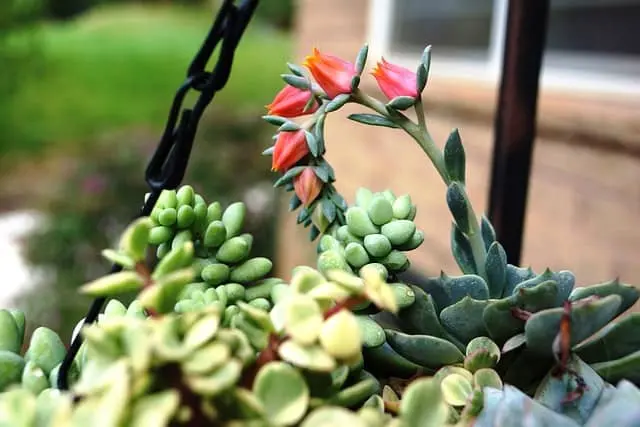Call: (915)365-1515
Email: info@natural-patterns.com
Call: (915)365-1515
Email: info@natural-patterns.com

7/1/2022
Written by John Merigold
Xeriscaping is a water-efficient landscaping approach that has gained popularity in regions with water scarcity and conservation concerns. The primary goal of xeriscaping is to create a beautiful and functional landscape while minimizing water usage. To achieve this, gardeners and landscapers employ a range of strategies. These include selecting drought-tolerant plants, improving soil quality to enhance water retention, and using mulch to reduce evaporation. Additionally, thoughtful landscape design, such as grouping plants with similar water needs and installing efficient irrigation systems like drip irrigation, plays a crucial role in the success of a xeriscape.
One of the key benefits of xeriscaping is its positive impact on water conservation. By implementing xeriscaping principles, homeowners can significantly reduce their outdoor water consumption, contributing to water resource preservation and lower utility bills. Moreover, xeriscaped gardens often require less maintenance than traditional landscapes, as they are designed to thrive in their local climate with minimal intervention. Xeriscaping can be adapted to various aesthetic preferences, from desert-inspired designs featuring succulents and cacti to more traditional and lush arrangements with drought-tolerant shrubs and trees. Whether you live in a dry region or simply want to reduce your environmental footprint, xeriscaping is a sustainable and visually appealing landscaping option.
In addition to water conservation, xeriscaping also supports biodiversity and wildlife habitat. Many native drought-resistant plants attract pollinators like bees and butterflies, contributing to the health of local ecosystems. Furthermore, reduced water use in xeriscaping can help prevent soil erosion and water runoff, which can carry pollutants into nearby water bodies. Overall, xeriscaping is a holistic approach to landscaping that not only conserves water but also promotes environmental sustainability and beauty in outdoor spaces.